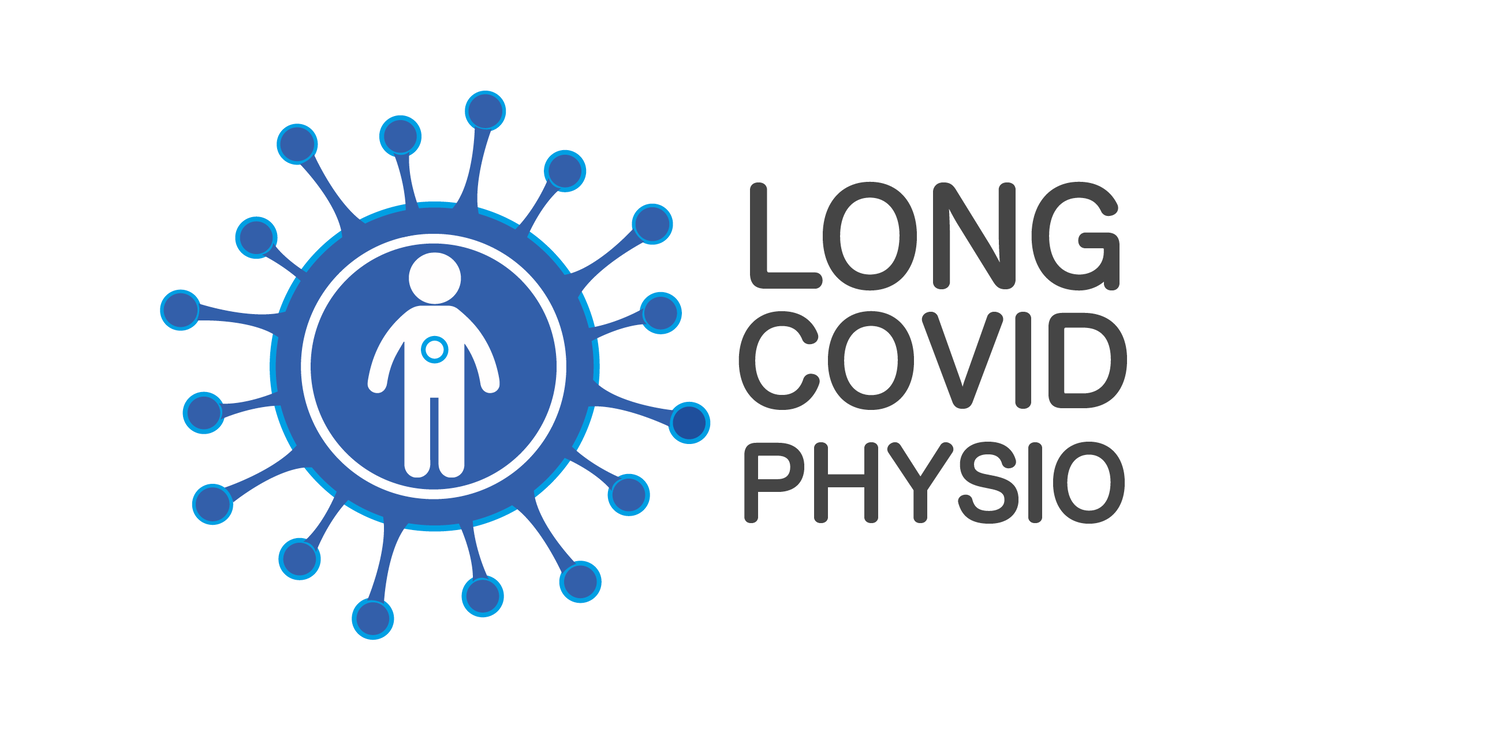Episodic Nature of Long COVID
Learn more about Long COVID, episodic disability and how this is being researched among people living with Long COVID.
Audio
Translations
The Long COVID Video Series is translated into Arabic, Bahasa Indonesia, Bangla, Brazilian Portuguese, French, German, Italian, Mandarin (Simplified Chinese), and Spanish.
To turn on subtitles and translate this video into any language on your computer or mobile device:
(1) open settings by pressing the wheel button
(2) click “Subtitles / CC”
(3) turn on the auto-generated language
(4) then return back to “Subtitles / CC” and a new option appears called “Auto-translate”
(6) click “Auto-translate”
(6) choose your language
(7) turn on “subtitles / closed captions (CC)” by pressing CC button
Video Transcript (Audio as Text)
Episodic Nature of Long COVID
Long COVID presents with clusters of symptoms that can affect many different parts of the body. Sometimes symptoms can remain the same and not change. But other times they can change or go up and down. People can experience fluctuations in symptoms differently and at times unpredictably. This can negatively affect a person's well-being and ability to do daily activities, return to employment, family life, relationships, and the ability to care for others.
Because people's experiences can change or fluctuate, Long COVID has been described as a health condition (or disability) that can be multidimensional, episodic and at times unpredictable in nature.
There are different components of disability that can be experienced by people living with Long COVID, including physical, cognitive, mental and emotional health challenges, difficulties carrying out daily activities, challenges to social inclusion, and uncertainty or worry about future health.
People living with Long COVID may experience different aspects of disability. Episodic Disability is a term used in research to describe the ups and downs across six disability dimensions. For example, a person may have fatigue, shortness of breath, pain, (physical) and brain fog (cognitive). These can affect their ability to shower, prepare meals (daily activities) or return to work (social inclusion). These challenges could result in low mood or depression (mental–emotional). All of which can happen in combination with worry about how long these challenges will last and the financial, practical and emotional consequences (uncertainty).
These disability dimensions may also be influenced by different factors. They can be made worse by stigma, lack of belief in health challenges, or inaccessible environments. Or they can be made better by practical and emotional support, such as equipment in the home, environmental modifications, and peer support, which is when people use their own experiences to help each other. What's more, some disability dimensions can be triggered by factors such as physical activity or exercise, lengthy thinking-related activities such as online meetings, as well as having other health conditions that add to disability.
Disability with Long COVID can be experienced as multidimensional and episodic in nature. There are now millions of people living with Long COVID around the world, often for many months or years, and there are risks of COVID-19 re-infections and different variants. The increasing global scale of Long COVID with many human and economic impacts, adds to disability being an extremely important health issue to think about, address, and research.
In the next video we will discuss the impact of Long COVID on day-to-day life.
Credits
This video was illustrated and edited by FisioCamera:
https://www.fisiocamera.it/ fisiocamera@gmail.com
The script was written and narrated by:
Darren Brown, Chair Long COVID Physio
This video received consultation by:
Dr Kelly O'Brien, Department of Physical Therapy University of Toronto
Nathalie Sullivan, Brighton and Sussex Medical School
Lindsay Skipper, Long COVID Physio
This video was peer reviewed by Long COVID Physio Executive Board
https://longcovid.physio/executive-board @LongCOVIDPhysio
Date Last Revised: 17th April 2024
